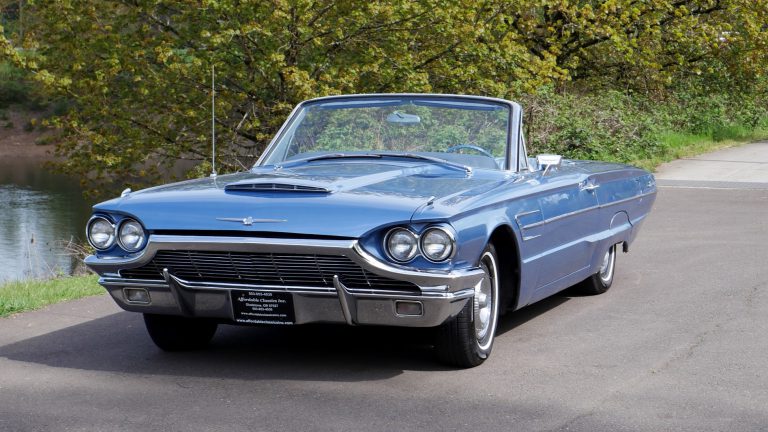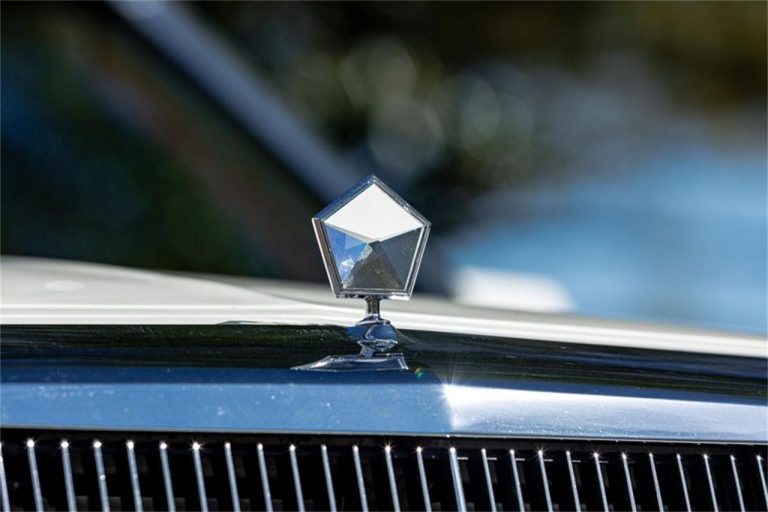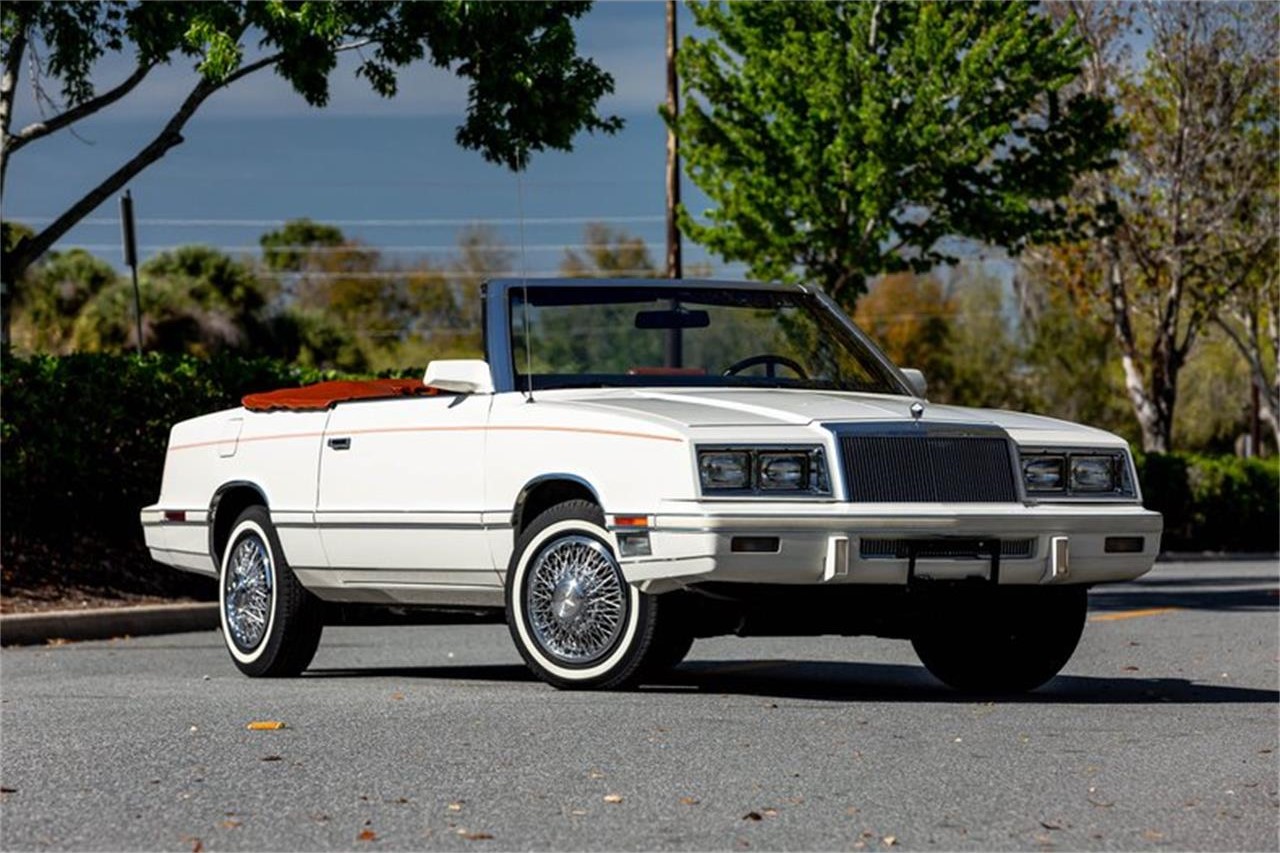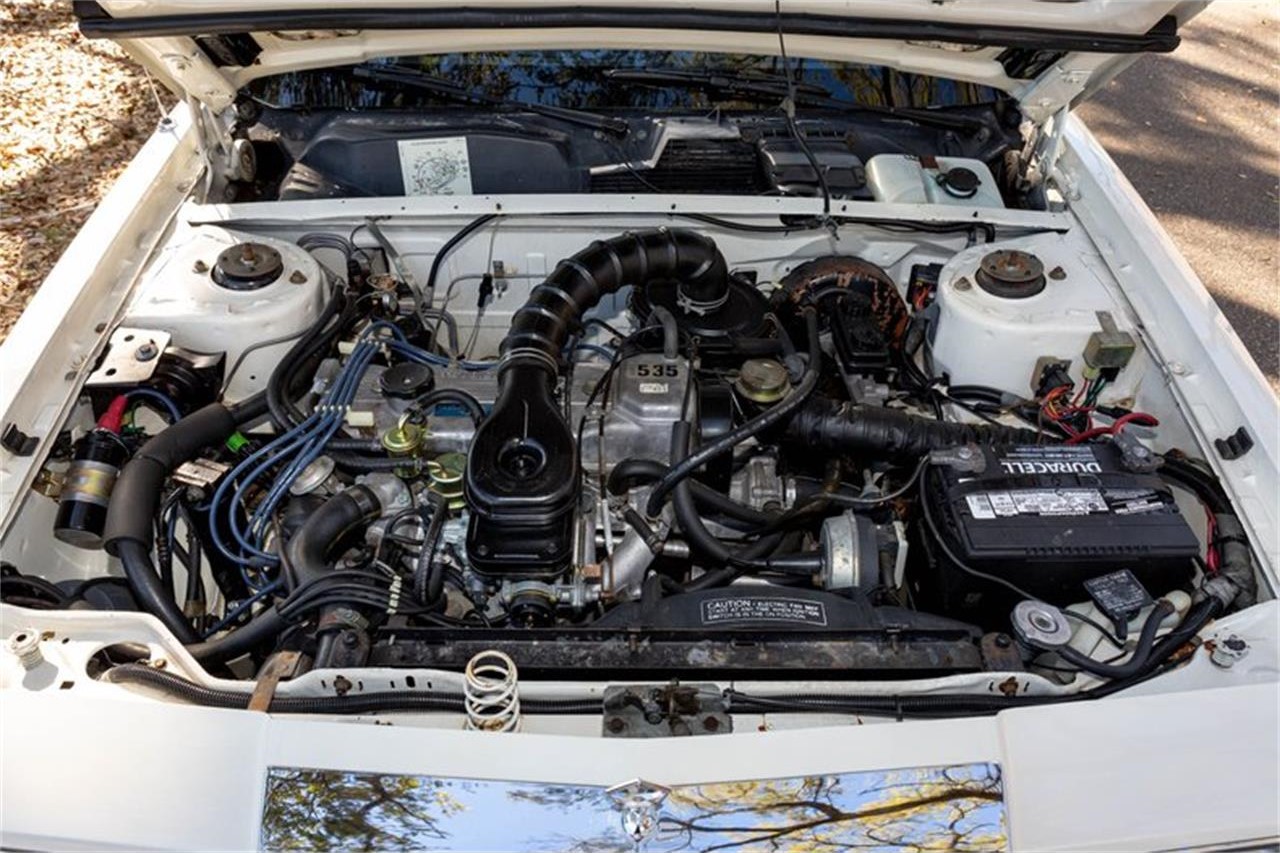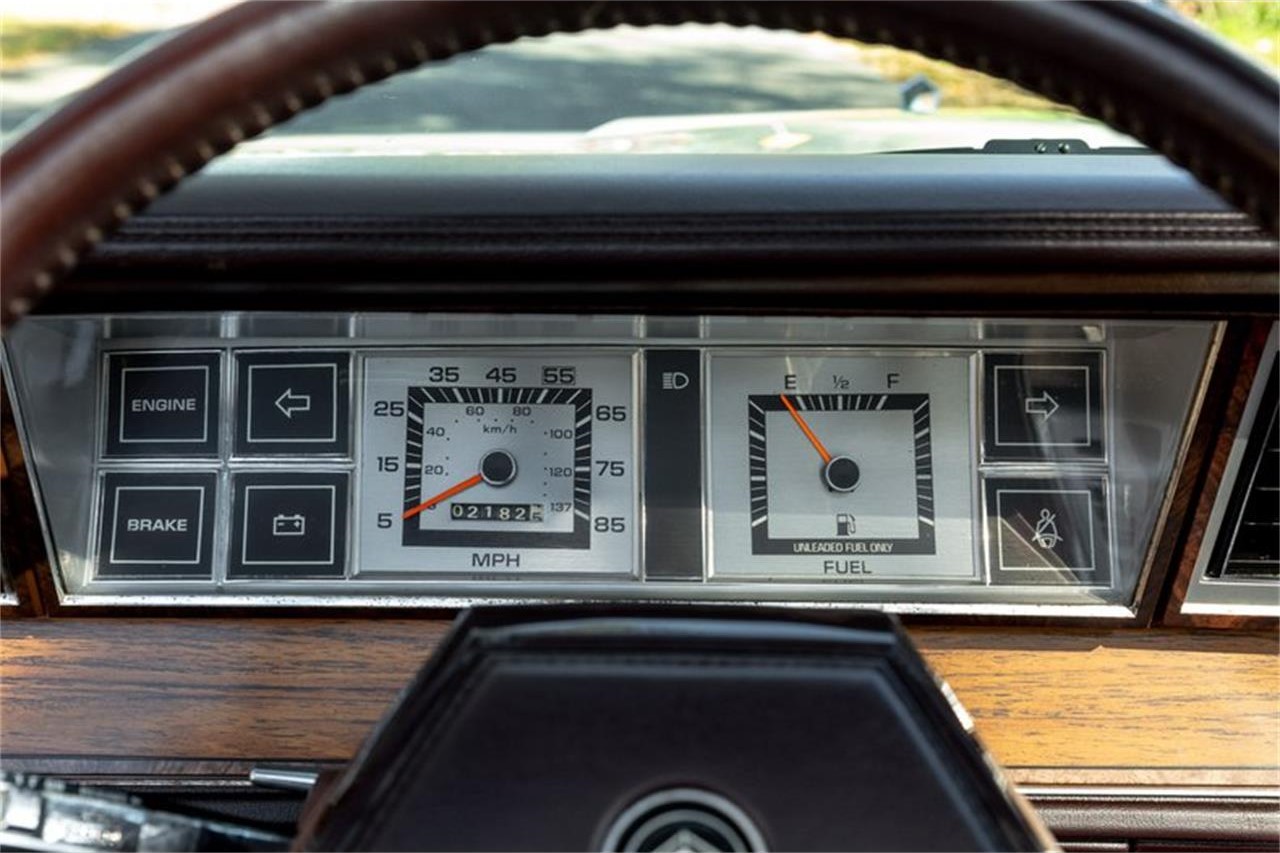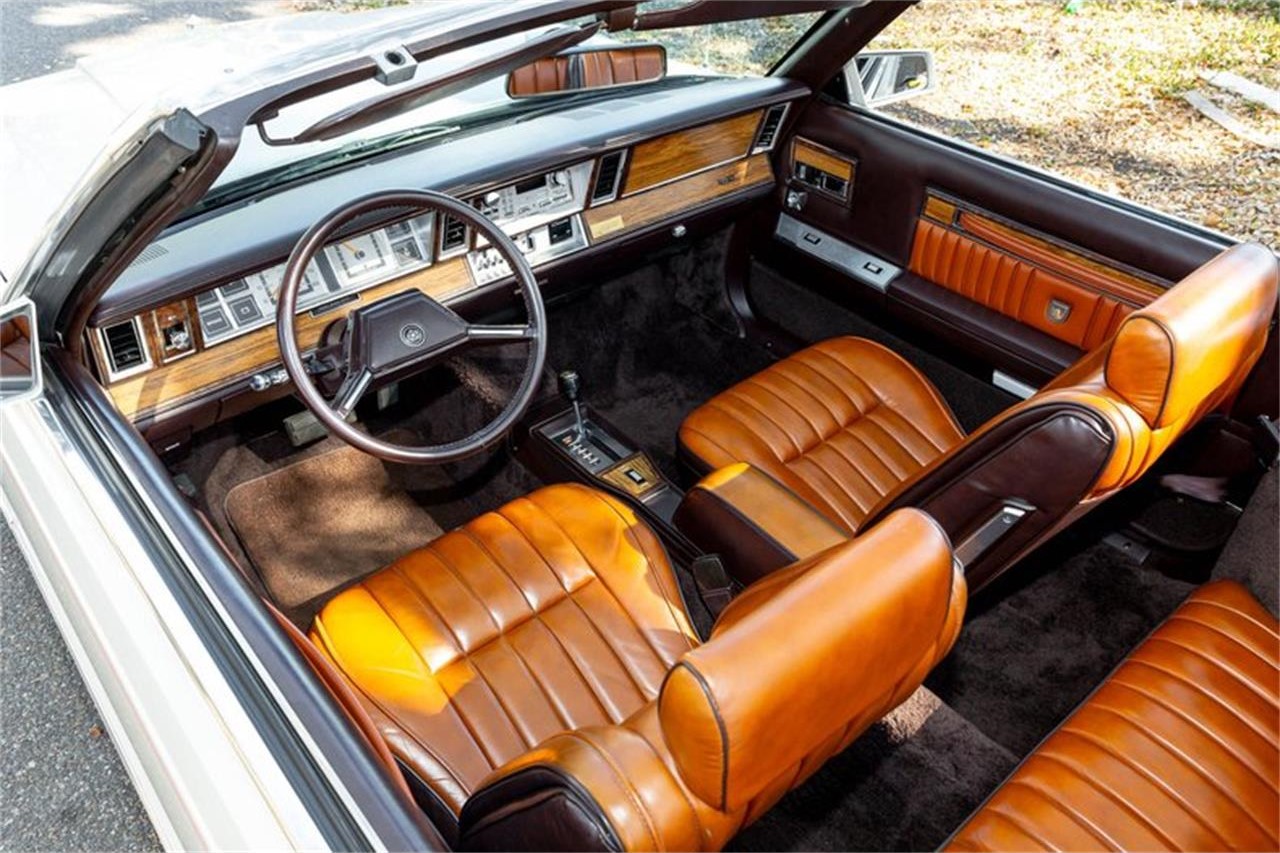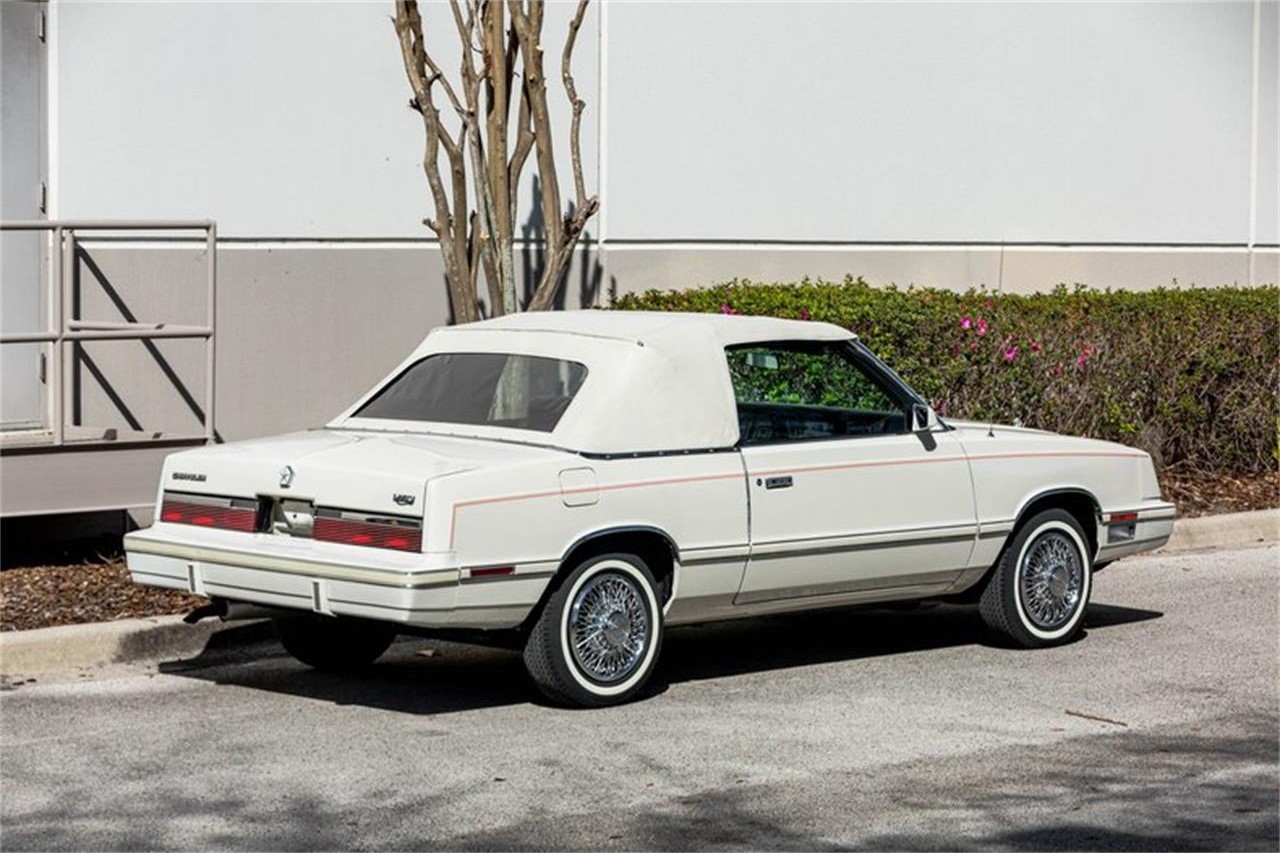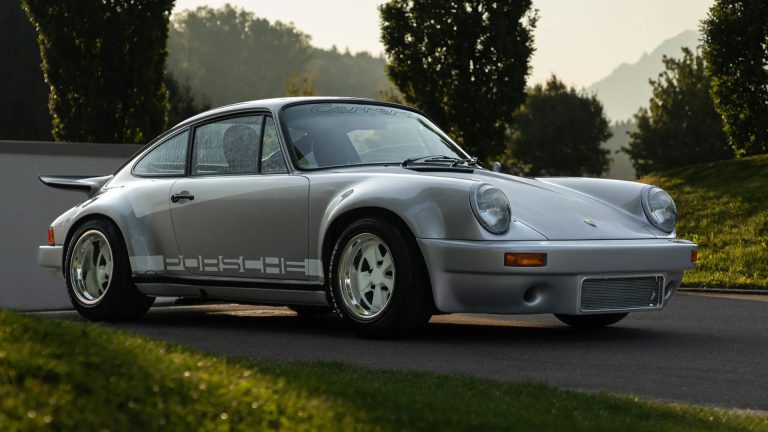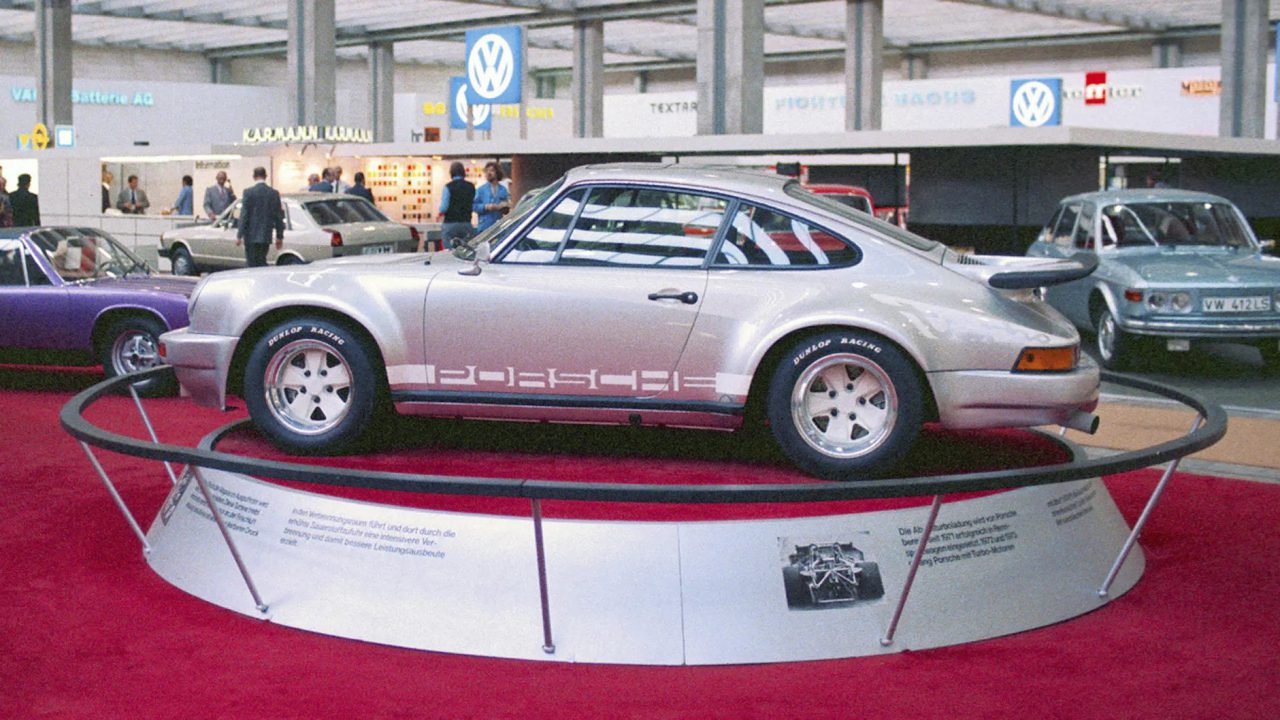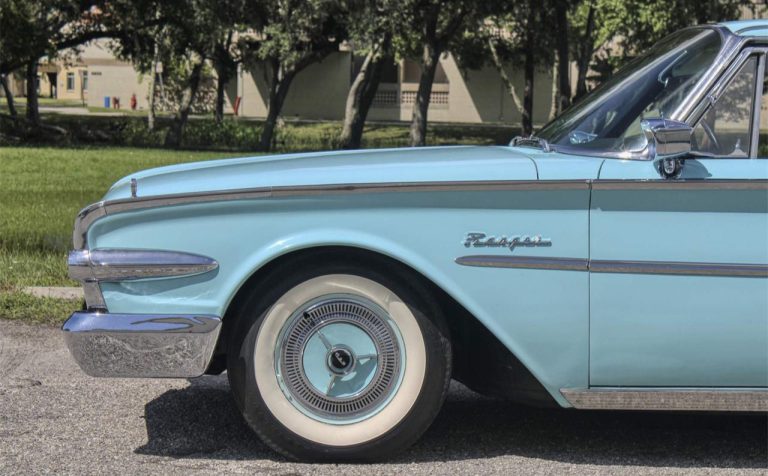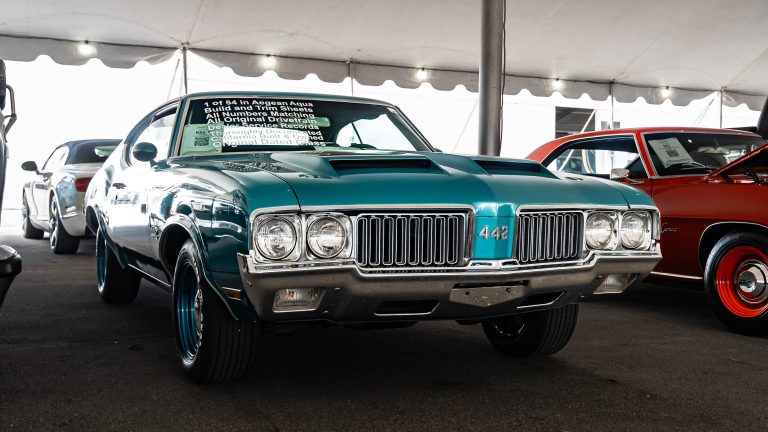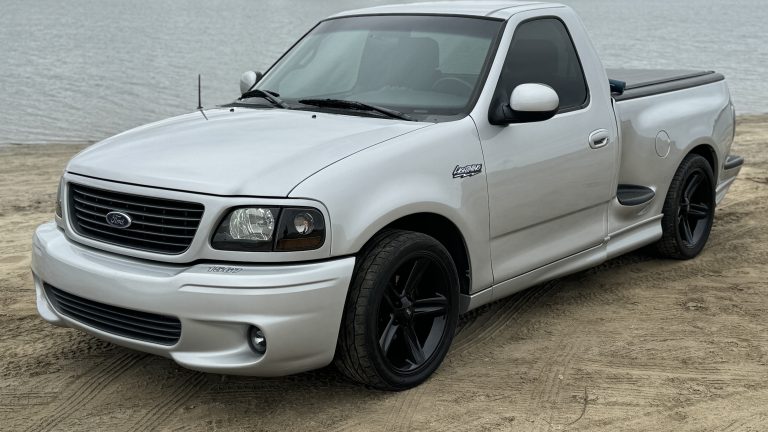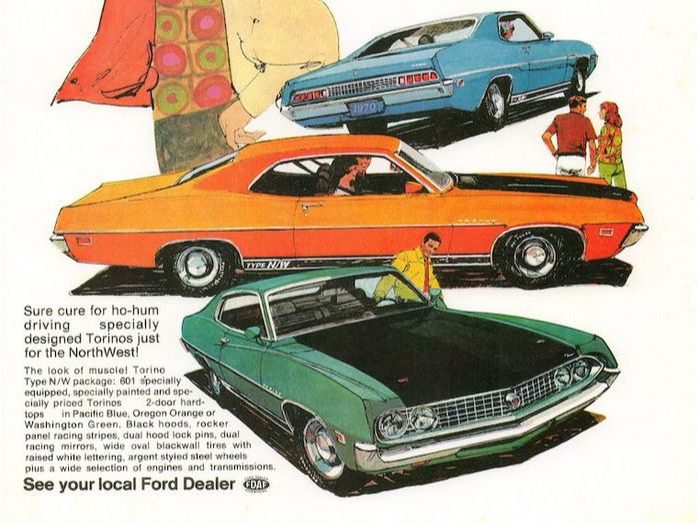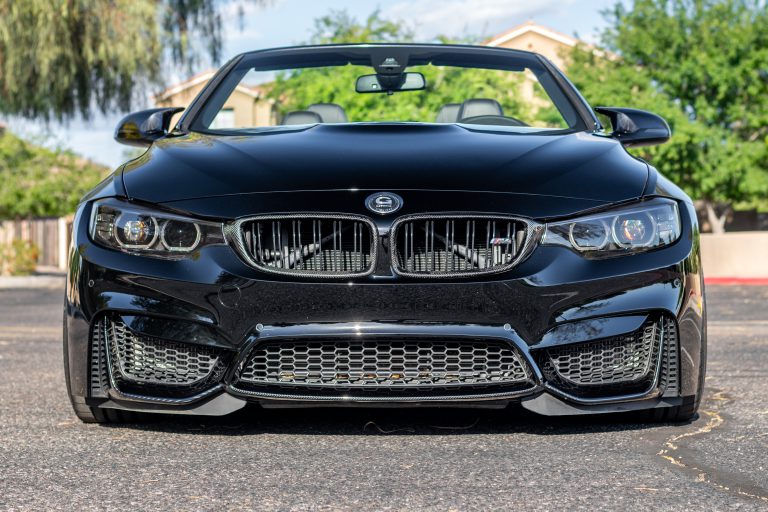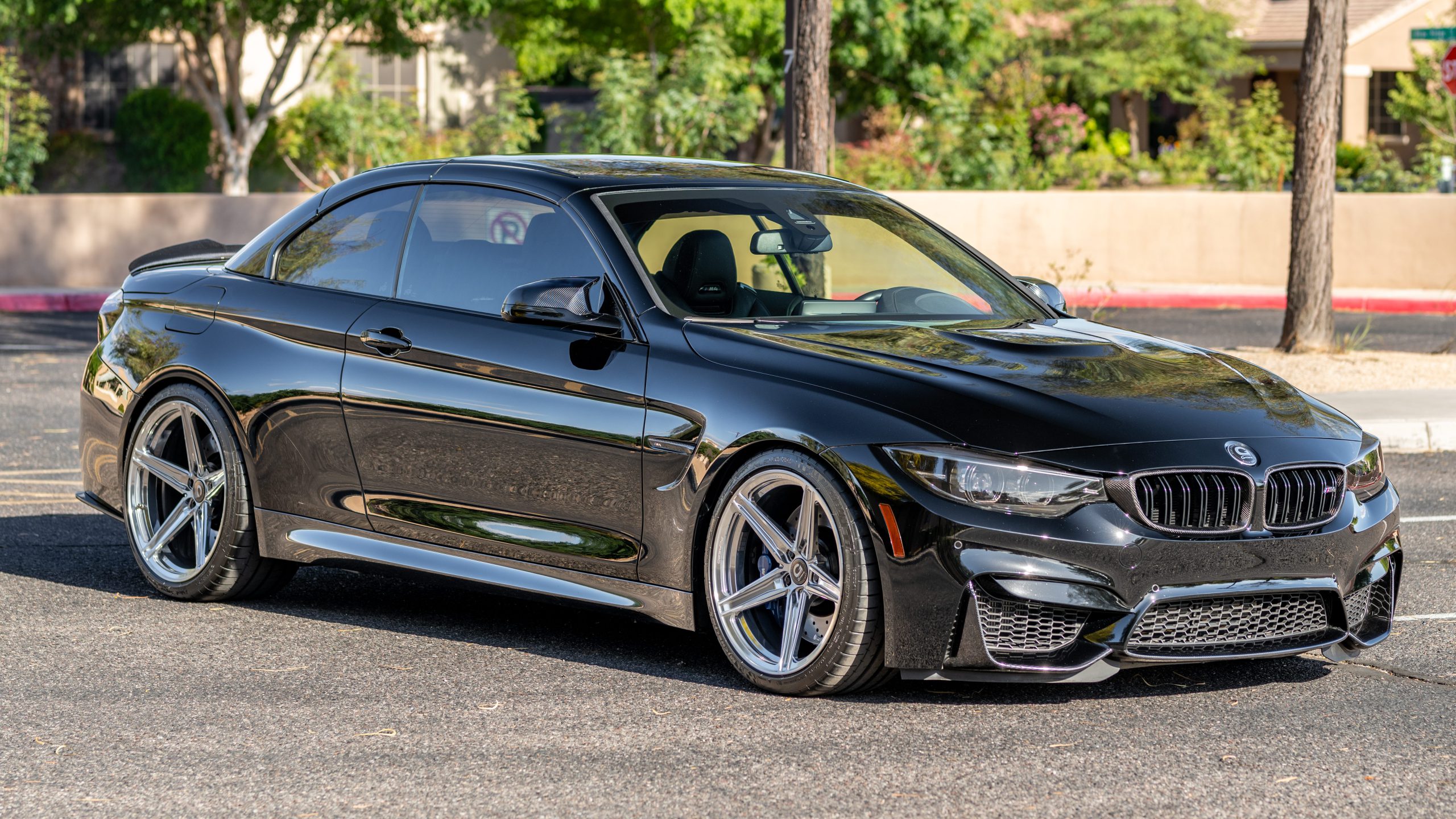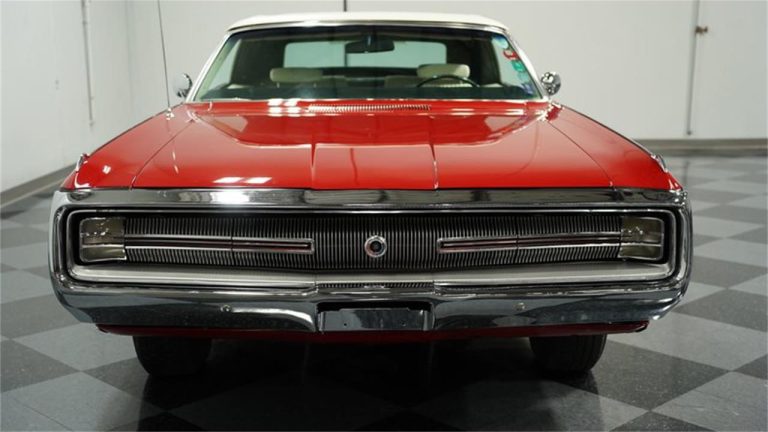Featured on AutoHunter, the online auction platform driven by ClassicCars.com, is this 1965 Ford Thunderbird convertible.
Ford marketed its 1960s Thunderbirds as if they were aircraft. “Flight plan cleared – proceed to Thunderbird,” an ad said. “Move the Swing-Away steering wheel over, slide into the cockpit, and you’re ready to soar.” Are you ready to take flight? Look no further than Gladstone, Oregon, where a beautiful blue ‘bird is ready to take you to new heights. The car is being offered by by a dealer, and the auction will end on Monday.
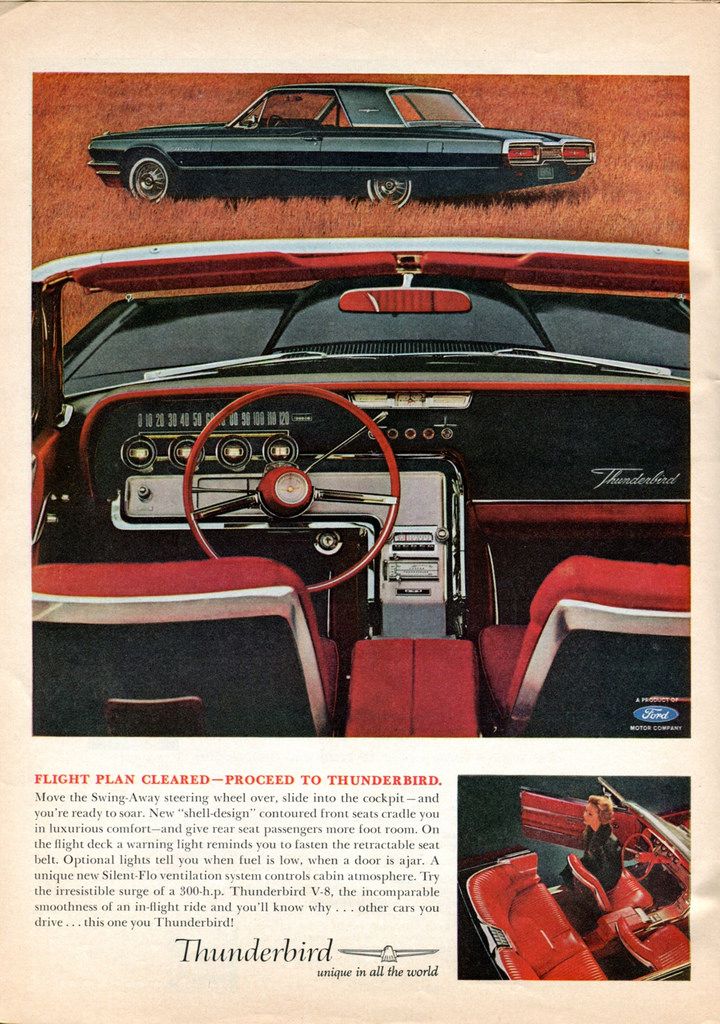
By the time the Thunderbird was 10 years old, it was already in its fourth generation. The 1964 redesign brought a more “formal” look when compared to prior versions, bringing the car more in line with its positioning as a personal luxury car. The two available body styles were convertibles and hardtop coupes (some of which came with special “Landau” padded vinyl roofs).
The following year for 1965, some engineering changes took place; among them, front disc brakes became more widely used and sequential turn signals were integrated into the rear taillights. Despite the fact that the T-bird had some compelling equipment offerings, its year-over-year sales dipped by about 18,000 units compared to 1964. Some of that decline was attributed to Ford’s own new Mustang (which came at a lower price point, therefore capturing the spotlight and drawing away buyer interest).

Today’s featured ‘65 is a striking convertible in a Medium Blue Metallic exterior finish complemented by a white power-retractable soft top. The rear wheel skirts add to the sleek side profile, and 15-inch steel wheels with whitewall tires keep things looking original.

In the interest of catering to that luxury-oriented buyer, this T-bird is all about comfort. Its signature swing-away steering wheel allows for easier entry and exit of the cockpit. Additional features include a center console, full gauges, wrap-around rear seats, power windows, power steering, a new “Silent-Flo” ventilation system, an AM radio, and power brakes.

Power under the hood comes from a 300-horsepower 390cid “FE” V8 mated to a Cruise-O-Matic three-speed automatic transmission. Ford said this powertrain provided the “incomparable smoothness to an in-flight ride.”
“Other cars you drive,” they said. “This one you Thunderbird.”
Time to place your bid, and then go pack your luggage for an upcoming flight!
The auction for this 1965 Ford Thunderbird ends Monday, May 20, 2024 at 11:30 a.m. (PDT)
Visit the AutoHunter listing for more information and photo gallery


